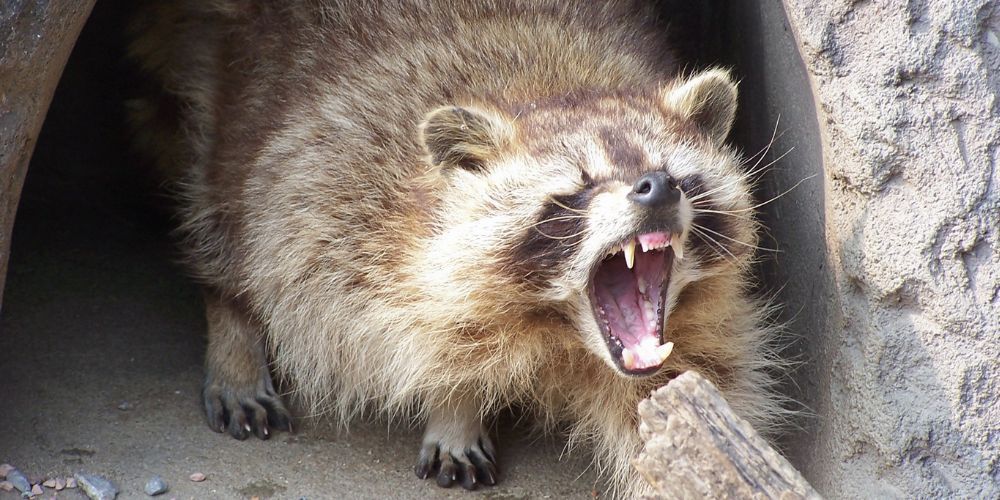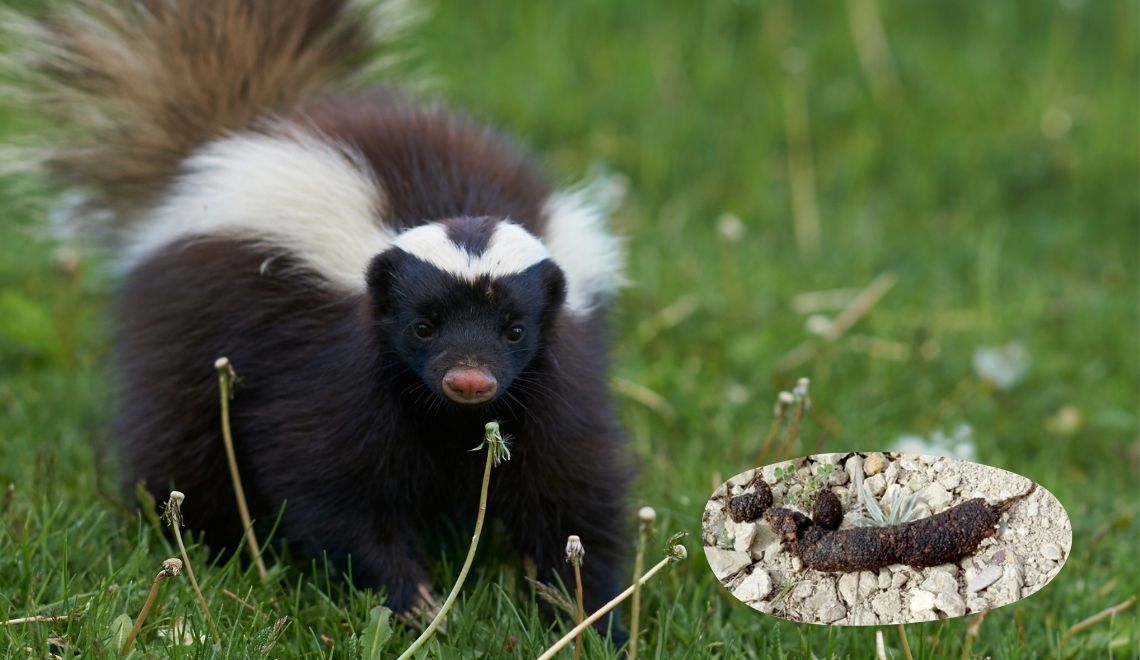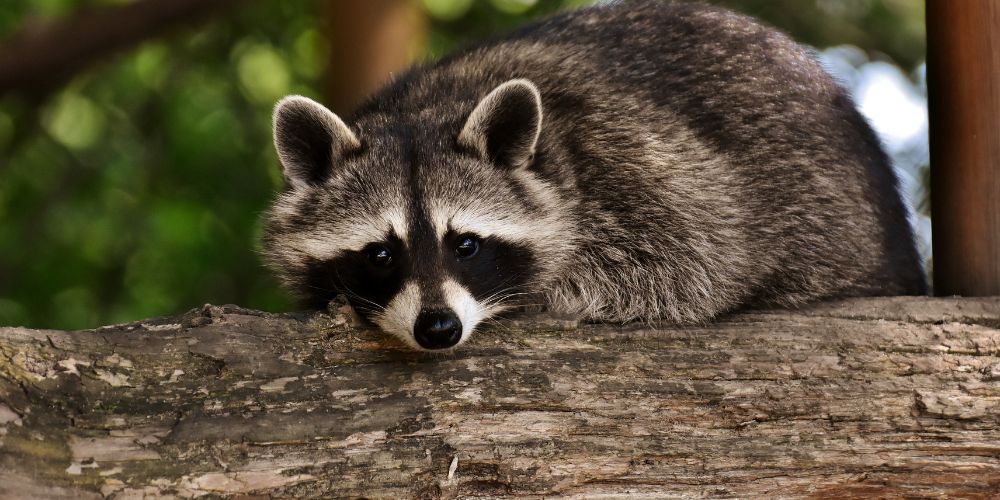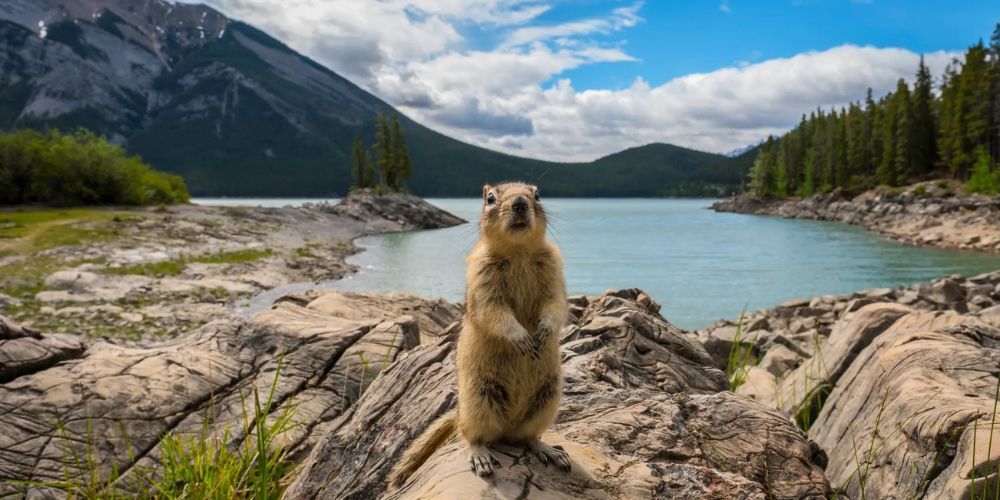Raccoon Droppings and How to Handle Them Safely
Raccoon droppings in your home or yard can be an unpleasant surprise. They pose a potential health hazard that requires immediate attention. Raccoon feces can contain harmful parasites and diseases that can affect humans and pets. Therefore, proper handling is essential. Understanding the risks associated with raccoon droppings and managing them safely is crucial for maintaining a healthy environment.
What Does a Raccoon Poop Look Like?
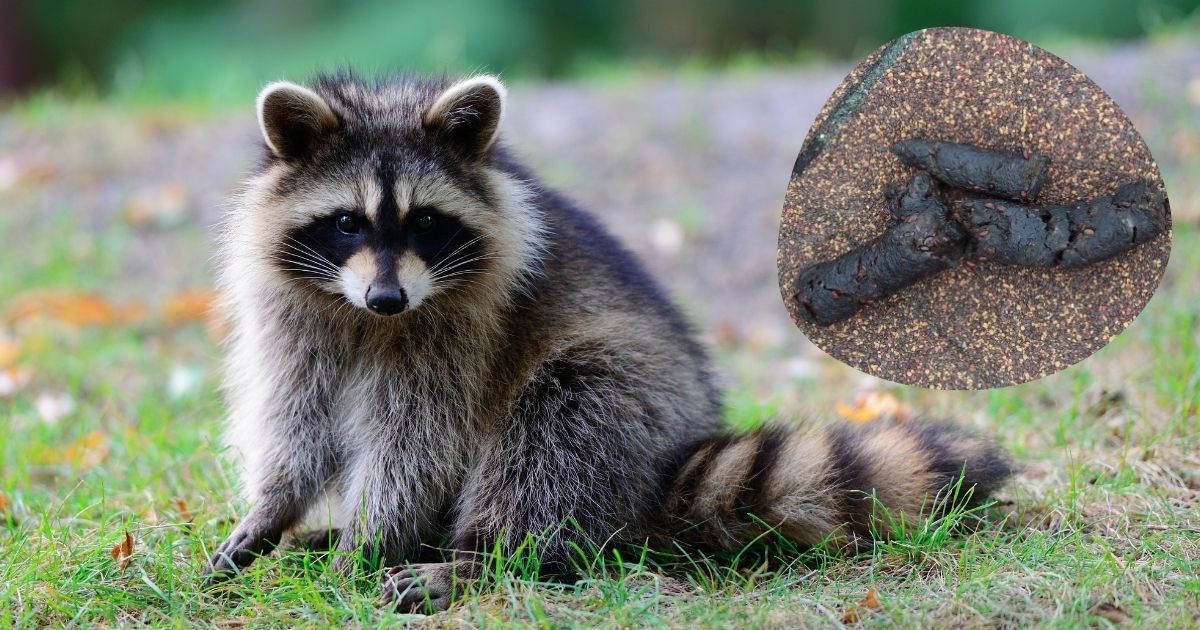
Shape and Size: Tubular with blunt ends, averaging about 3/4 inch in diameter, and can resemble dog feces in size.
Color: Generally dark, although the color can vary depending on the raccoon's diet. Commonly, undigested food items like berries, nuts, or grains can be present in the scat.
Texture: The sides of the feces are usually textured, and the tips may appear rounded or broken. A key indicator of raccoon feces is the presence of berries, which are often found within it.
Raccoons often use communal latrine sites, which can be found in different areas such as the base of trees, on logs, or even in attics if they have entered a home. These sites can gather feces over time, making it easier to spot raccoon activity in a specific area.
Why are Raccoon Droppings Dangerous to Humans?
Raccoon feces can carry significant health risks, primarily due to the presence of the roundworm Baylisascaris procyonis. This parasite can infect humans and cause severe neurological issues. Infection occurs when the eggs found in the feces are ingested or inhaled. Young children and individuals with developmental disabilities are particularly at risk due to their likelihood of putting contaminated objects in their mouths.
In addition to roundworm, raccoon feces can also harbor other pathogens such as Giardia lamblia, which can lead to gastrointestinal issues if ingested.
How to Clean Up Raccoon Poop?
If you found raccoon poop in your yard take these precautions during clean up:
Personal Protective Equipment: Wear disposable gloves, rubber boots, and a mask (preferably N95-rated) to prevent inhalation of any harmful particles.
Removal: Use a shovel or a rigid scoop to carefully collect the feces and any contaminated materials. These should be placed in heavy-duty plastic bags for disposal. It's recommended to either burn, bury, or send the waste to a landfill.
Disinfection: After removing the feces, disinfect the area with boiling water or an appropriate disinfectant. Most chemicals do not kill roundworm eggs, so heat is effective for this purpose.
Hygiene: Wash hands thoroughly with soap and water after handling any potentially contaminated materials, and launder any clothing that may have come into contact with the feces.
How to Prevent Raccoons from Pooping?
Remove Attractants: Eliminate potential food sources like pet food, garbage, and compost piles that may be drawing raccoons to your property. Secure trash cans and clean up fallen fruit from trees.
Use Repellents: Sprinkle ammonia-soaked rags or cayenne pepper around the latrine site. Raccoons dislike the strong smells. Motion-activated lights or sprinklers can also deter them from returning.
Make the Area Unappealing: Cover potential latrine sites with plastic sheeting or tarps, as raccoons dislike walking on slippery surfaces. Placing rocks, mulch, or thorny bushes in the area can also make it less attractive.
Scare Them Away: Use noisemakers, bright lights, or other deterrents near the latrine site to scare raccoons off. Placing fake predators like owls or snakes may also work.
Preventing Access to the Attic
Seal Entry Points: Inspect your attic for any holes or gaps larger than 1 inch and seal them with heavy-duty hardware cloth, sheet metal, or concrete. Pay special attention to areas around vents, chimneys, and roof edges.
Install Deterrents: To deter raccoons, place ammonia-soaked rags or mothballs in the attic.
Use Repellent Sprays: Apply a raccoon repellent spray containing castor oil or garlic around potential entry points and in the attic. Reapply after rain or as directed.
Hire a Professional: If you suspect an active raccoon infestation in your attic, it's best to contact a Wildlife Control 360 professional for safe removal and exclusion. They can identify entry points and install one-way doors to evict raccoons without allowing them to re-enter.
Remember, preventing raccoons from accessing food, water, and shelter on your property is key to deterring them from establishing latrines and nesting in your attic. Regularly inspect your home's exterior and attic to identify and seal any potential entry points.
Cities We Serve
Contact Us Today
Contact Us
We will get back to you as soon as possible.
Please try again later.
Wildlife Control 360 specializes in the humane control and removal of wildlife like raccoons, bats, birds, rats, snakes, bees, skunks, foxes, gophers, and squirrels.
Service
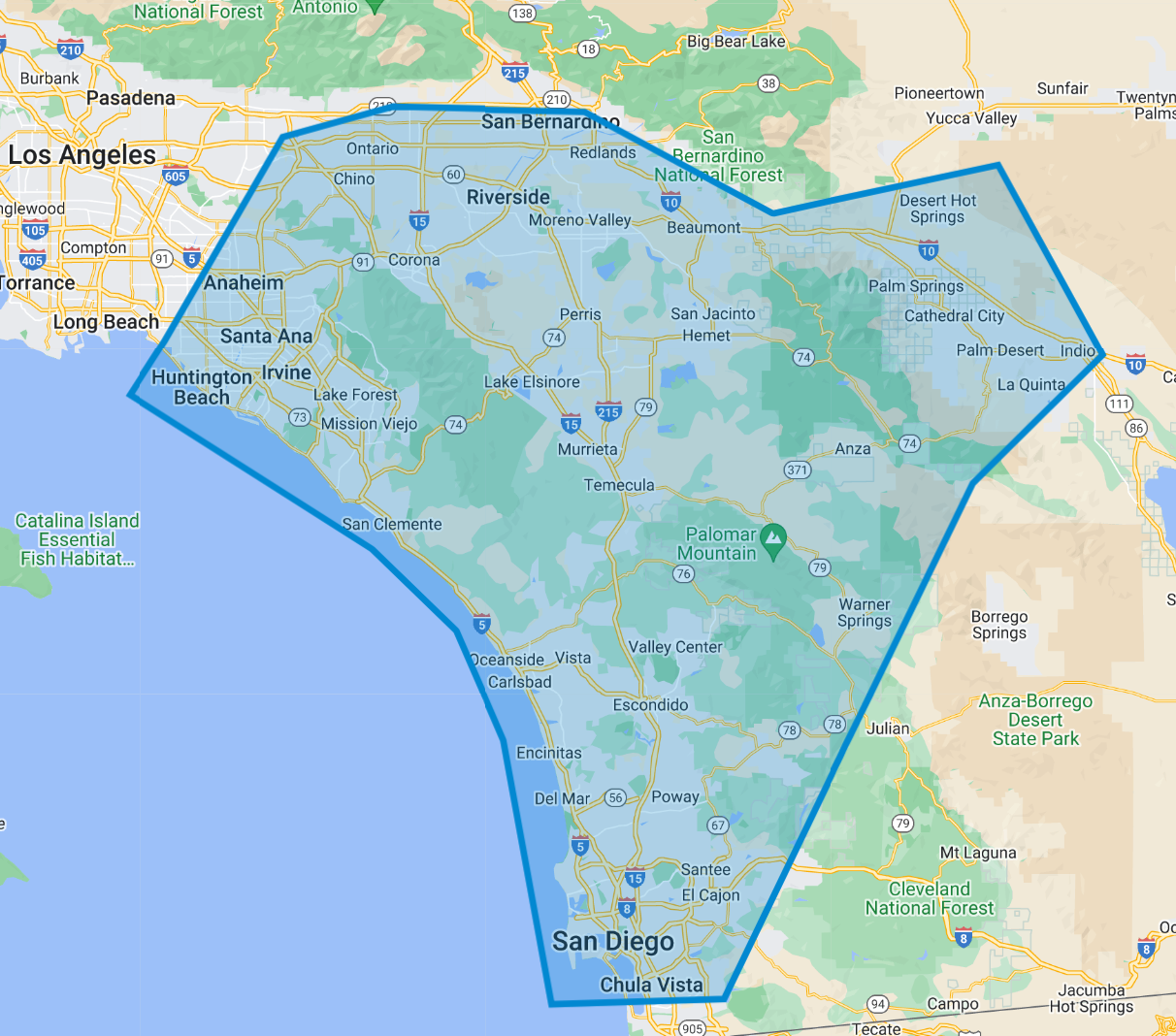
© 2024 All Rights Reserved | Wildlife Control 360

